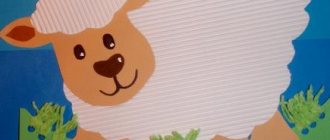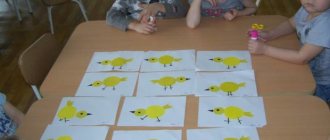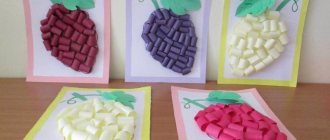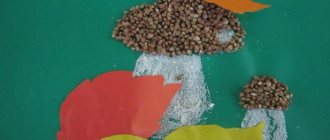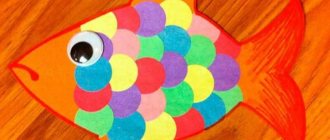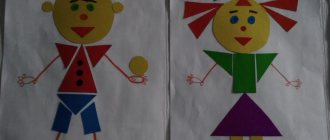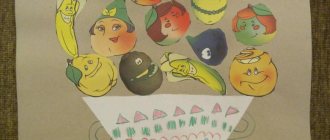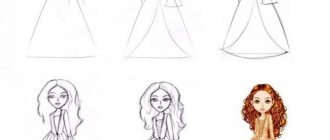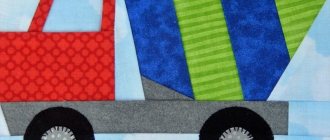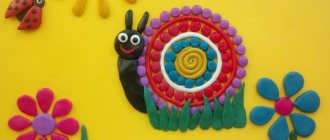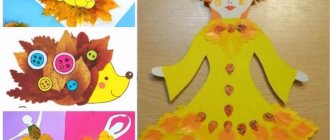From very early childhood, your child has the opportunity to see a wide variety of fruits and berries, which means that even then he begins to get acquainted with them. The child gradually remembers what this or that fruit looks like and the name of, then begins to determine the properties and qualities of fruits and berries.
In this article, the News portal “Vtemu.by” has prepared for you several options for voluminous paper applications on the theme of Fruits and Berries.
By doing arts and crafts with your child, you will not only be able to instill in him creative abilities, but also introduce him even closer to fruits and berries. In the process of creating an application, you can tell your child about the benefits of a particular fruit, adding thematic songs, riddles, proverbs and sayings, rhymes and jokes.
Well, now, let’s move on directly to the master classes on making Fruits and Berries paper appliques.
Applique Apple made of paper

Such a juicy and tasty fruit as an apple is loved by all children and adults. Dedicate one evening to creating such a voluminous bright Apple applique.
To make an applique you will need a sheet of cardboard, a set of colored paper, scissors, a glue stick and a regular pencil.
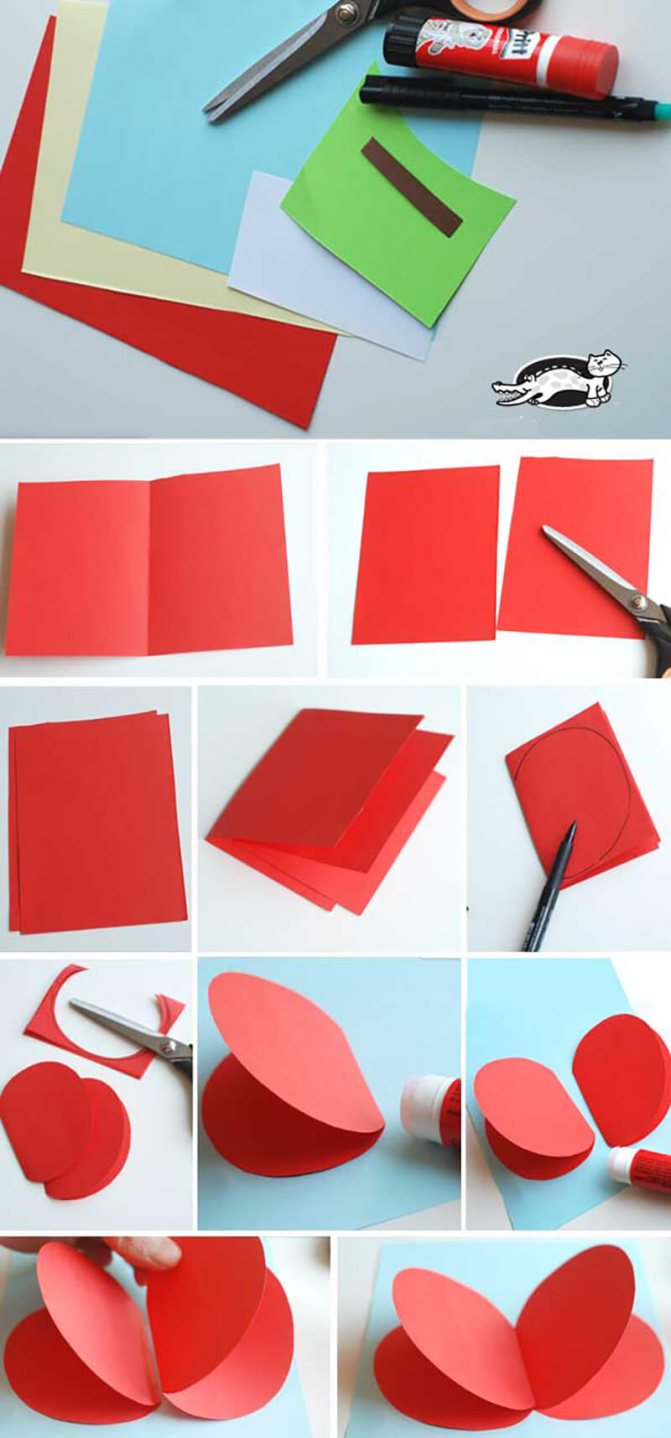
Cut a sheet of colored paper (in our case, bright red colored paper) in half. Fold the halves together and then in half. Draw the silhouette of half an apple with a pencil. Cut with scissors (see photo).
Now glue the resulting rounded halves to a sheet of cardboard, which will be the basis of our fruit appliqué.
We cut out a spine from brown colored paper, and a leaf from green colored paper. Glue the parts.
From a sheet of white paper, cut out the core for the future apple and glue it. Draw the bones with a black marker.
Recommendations for Improving Collaboration
- When learning how to applique vegetables, it is important to follow each step consistently.
- It’s worth preparing all the required materials and templates in time so that you don’t have to be distracted by collecting what you need later.
- At the time of preparatory work, it is of considerable importance to familiarize children with works of art, as well as demonstrate drawings and photos of vegetable appliqués.
- With children, conducting classes in the form of a game is more suitable, since this way the children’s attention is drawn to what is happening and thereby develops emotional responsiveness.
- Adults should create a small plan so as not to lose track of the sequence of actions. Older children can follow the steps themselves.
- It is worth giving young creators more independent work so that they can express their imagination and learn how to realize it.
- During independent work, an adult is obliged to help the children, especially those who are not doing well.
- Upon completion of all the work, it is advisable to hold a collective exhibition, when everyone can look at someone else’s work and thus learn to enjoy the results of their own and other people’s work.
- In addition to individual work, the proposed ideas can also be implemented in group work, when everyone cuts out their own vegetable and glues it onto a large common base in the form of a plate, pan or cup.
- This approach is suitable for many applications. Especially on the topic of fruits.
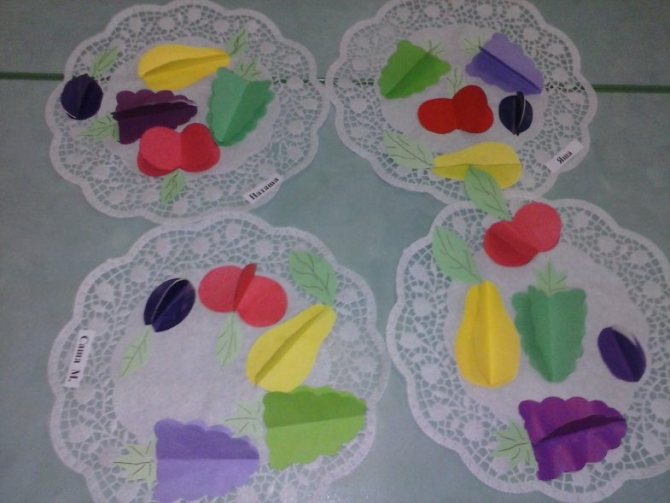
Strawberry applique
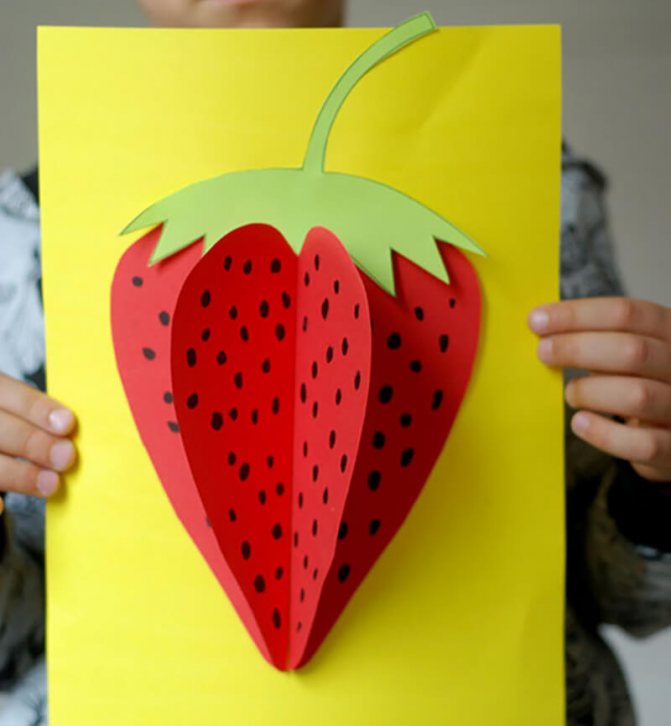
The principle of making this application is similar to the previous one. The only difference is to cut out the correct shape. This time the shape will resemble an oblong heart (see photo).
Decorate the finished applique with leaves (template included) and seeds drawn with a black marker.
Examples for the younger group
The leading place among handicraft lessons for children 2-3 years old on the topic of vegetables is canning.
At the preparatory stage, it is worth discussing with the children what vegetables they would like to see in their future creations.
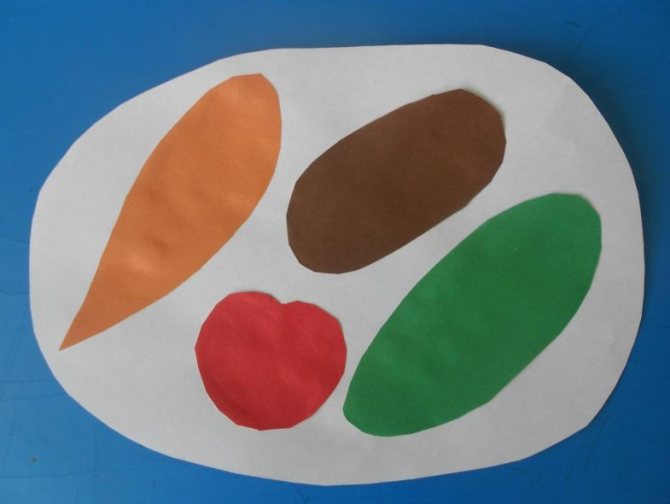
After that, they can independently choose what they have voiced among pre-prepared templates and glue it to the base. A jar cut out of cardboard is suitable for it.
Cherry applique
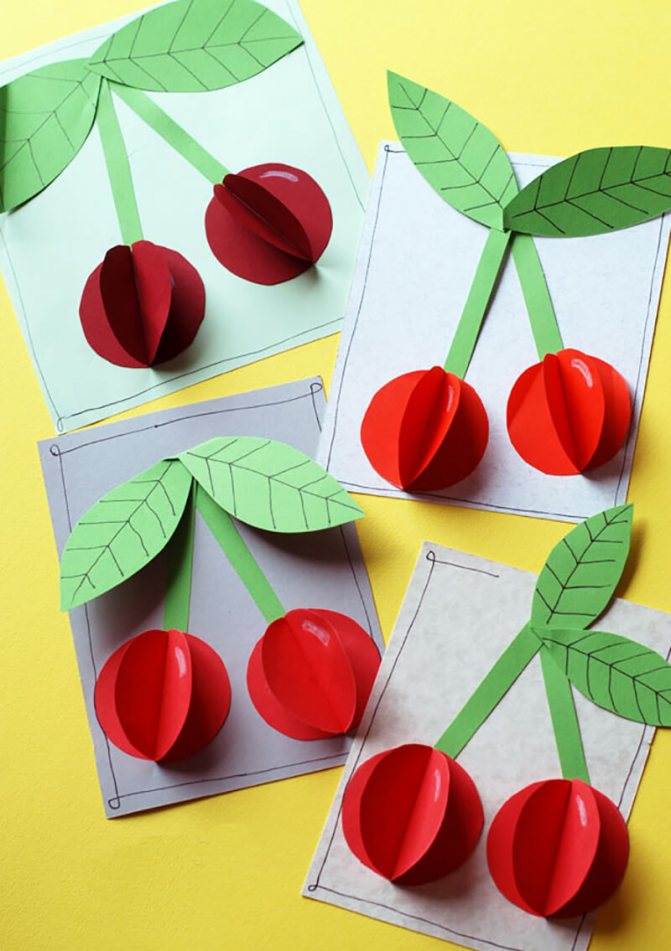
And another applique with the image of delicious cherries.
Having mastered this simple technique, you can make applique with your child of absolutely any fruit, berries and even vegetables. The main thing is to choose the right color and cut out the desired shape.
Examples for the middle group
From the age of three, children develop basic skills in using scissors. In this regard, you can complicate the tasks a little. A variety of themes using vegetables will work. This is both canning and a basket with the harvest.
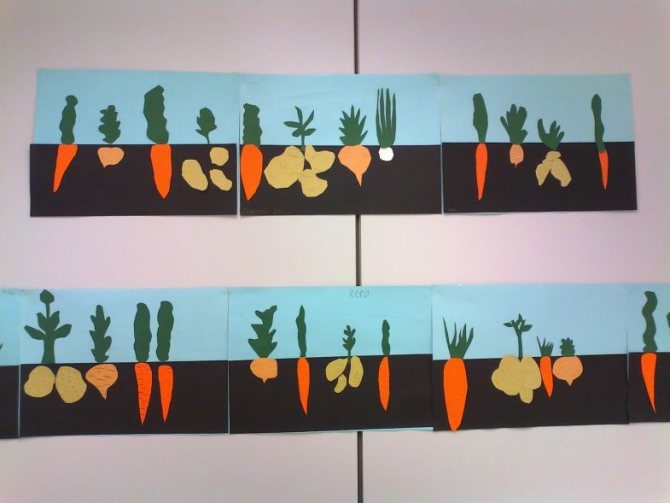
For the second theme, you will need pre-prepared cardboard bases in the shape of baskets. If they are cut out of white cardboard, then it would be appropriate to invite the children to draw a pattern on them themselves. At the second stage, it is worth having a conversation on the topic of vegetables. A short description of each would be appropriate: its shape, color. It would also be useful to discuss their taste and beneficial properties.
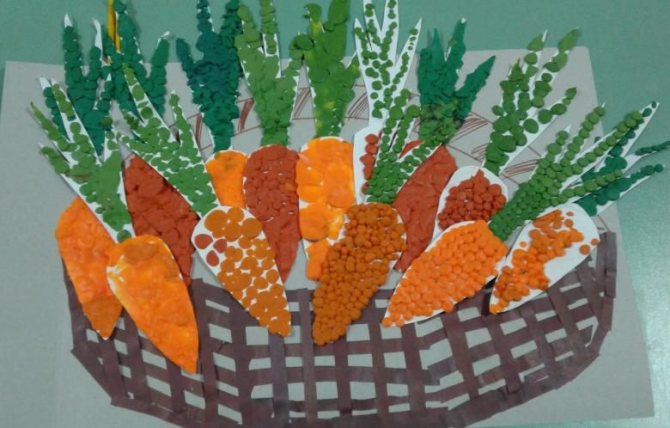
For demonstration, you can show real vegetables brought from home. If you let babies touch them, they will also be able to feel and feel their texture.
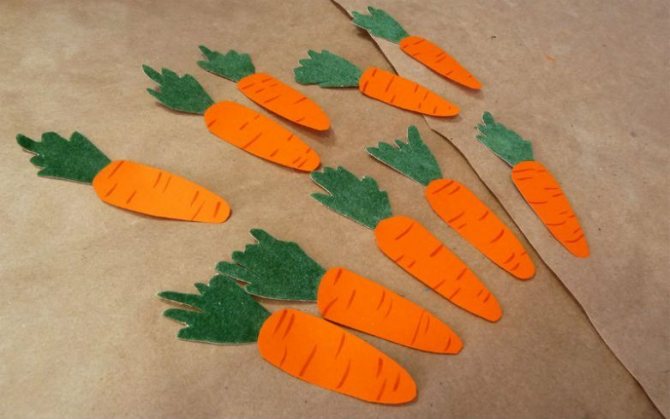
After the introductory conversation, you can start cutting. It is worth once again focusing on shapes and sizes. To make the task easier, you can draw a sketch with a pencil.
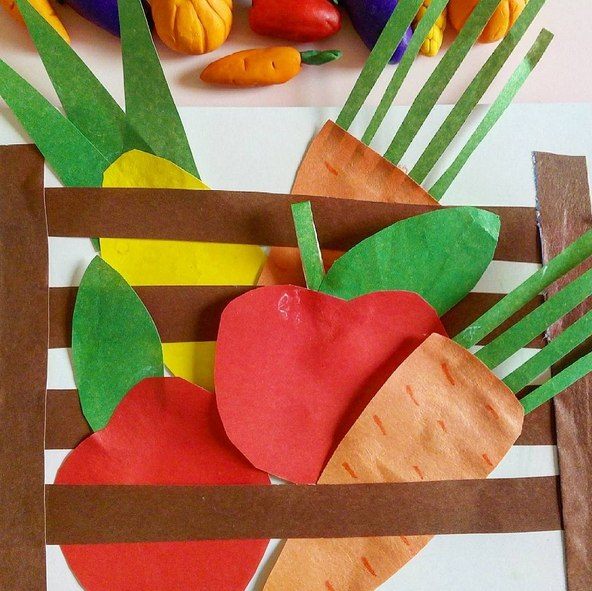
It is worth understanding that few children at this age will be able to cut clearly along the contour. But despite this, a children's applique with figurative images can be assembled. In the next step, all that remains is to arrange all the blanks the way the child wants. And stick them with glue. Still life according to the master class for beginners is ready.
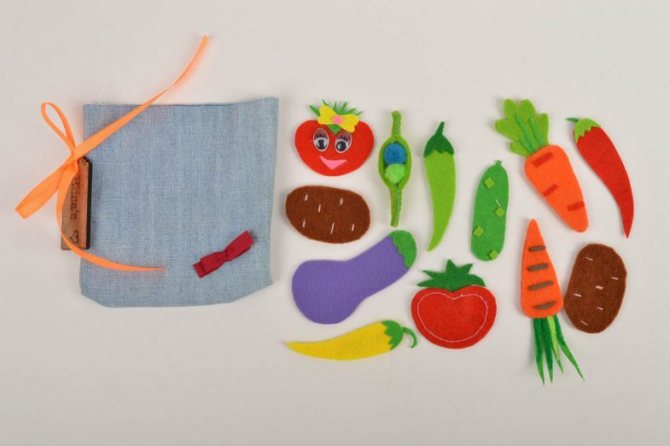
Preparatory stage
Preliminary preparation includes an explanation of the obligatory observance of safety precautions and careful handling of cutting tools.
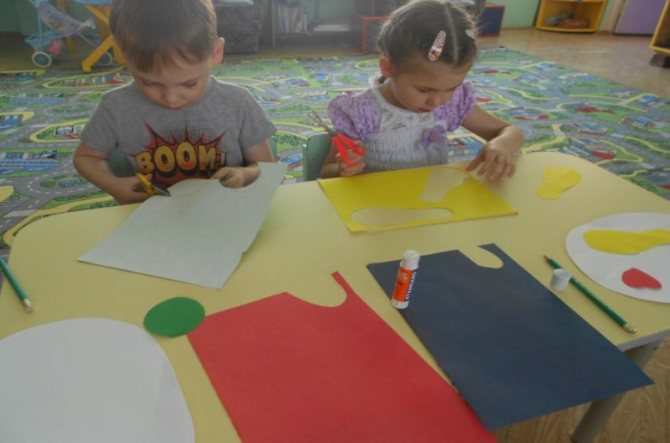
An important component is accuracy during work and listening carefully to the teacher when he names tasks for a future lesson. The materials are:
- Disposable plates.
- Templates for drawing.
- Pencil.
- Scissors.
- PVA glue.
- Paper of different colors or images.
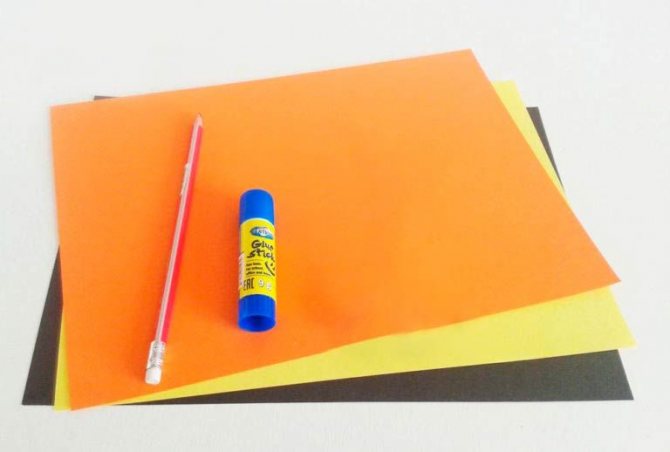
First, the teacher demonstrates how to trace the templates, place them on a plate and glue them. You will need blanks of whole vegetables or parts that subsequently need to be combined. The specifics of age are taken into account.
In the preparatory group, the topic is not of such great interest and may seem very easy. Children aged 3-4 years should not be trusted with scissors to cut out elements of crafts for safety reasons. In this case, ready-made drawings are distributed.
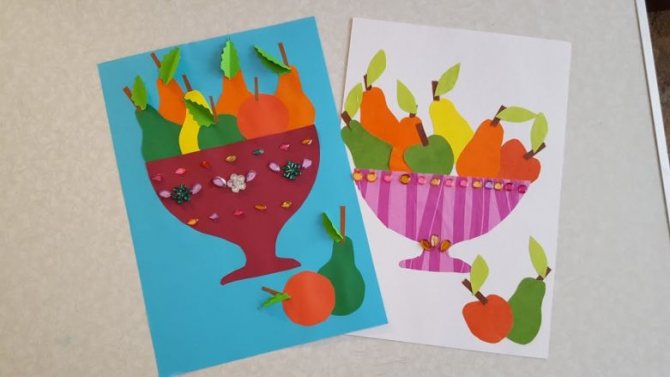
The difference between applications on the topic “Vegetables” with children from kindergarten and school
Vegetable applications are aimed at developing children's thinking and the ability to use glue and paper. Thanks to applique activities, children expand their perception in the field of knowledge of figures.
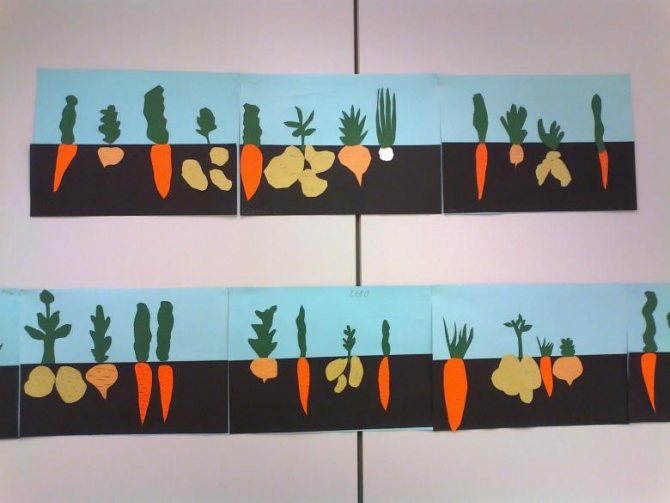
Junior group
At 3-4 years old, appliqué lessons help the child learn to use stationery items. This is how imaginative thinking develops and skills in working with available tools are improved. Educational institutions provide 2 or 3 such classes per week. Crafts lessons help children remember what shapes are and how to make them.
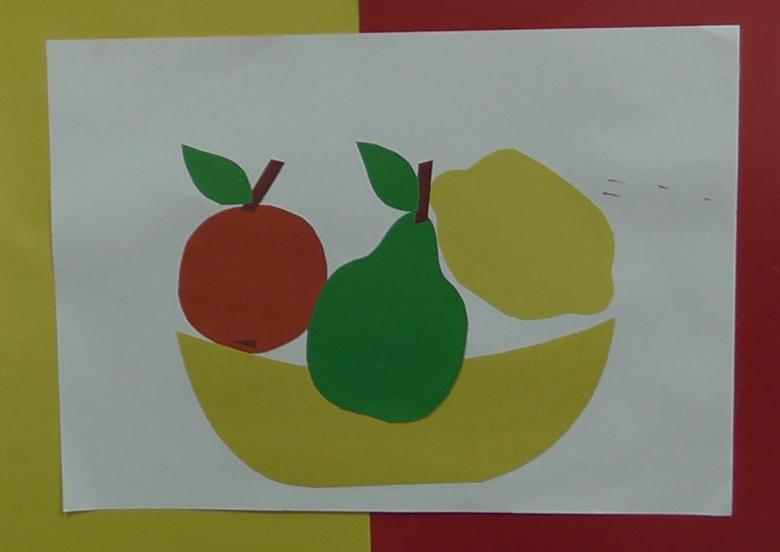
Classes should be educational and interesting for preschoolers.
With younger children, short-term teaching techniques are carried out for 15-20 minutes. But with older groups it will take longer, since their tasks are more difficult.
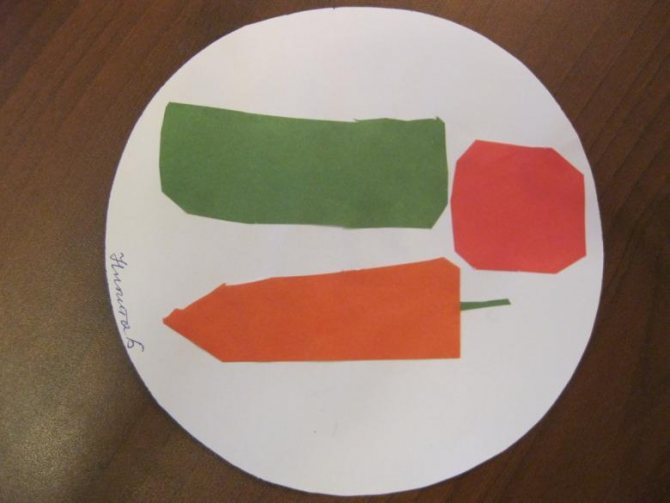
Such activities to study appliqué techniques should be carried out in a playful way. That is, the teacher must pretend to play with the children, thereby attracting their attention and teaching.
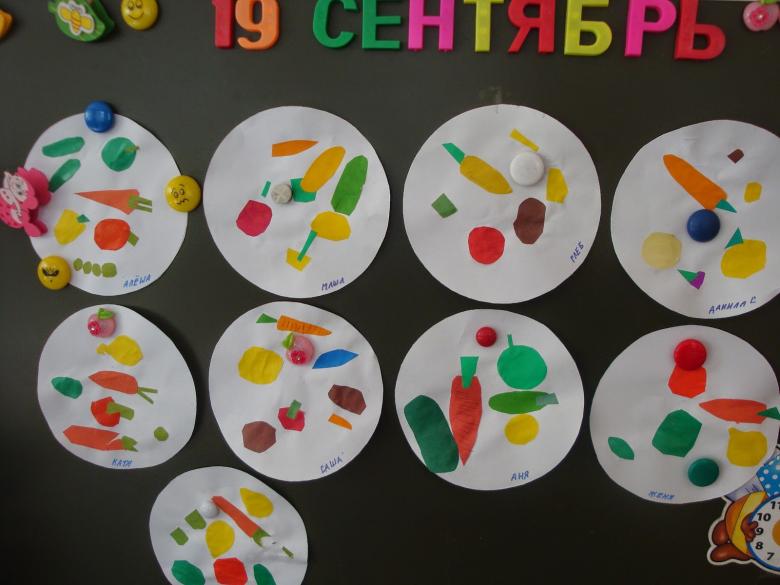
Since children do not know how to use scissors and this is dangerous, they are given pre-cut shapes, which they glue together using regular glue. The teacher shows exactly where to stick it and, thus, the child receives the first basics of appliqué. After the teacher’s explanations, the children glue the figures together and paint their creations using felt-tip pens or pencils.
Senior group
In the elementary and older groups, children remember and learn new shapes, and also learn the theme of flowers. Thanks to such activities, they can cut paper into strips, and hand motor skills immediately develop. They also learn to associate color with an object. That is, paper of a certain color can become a vegetable that has that color.
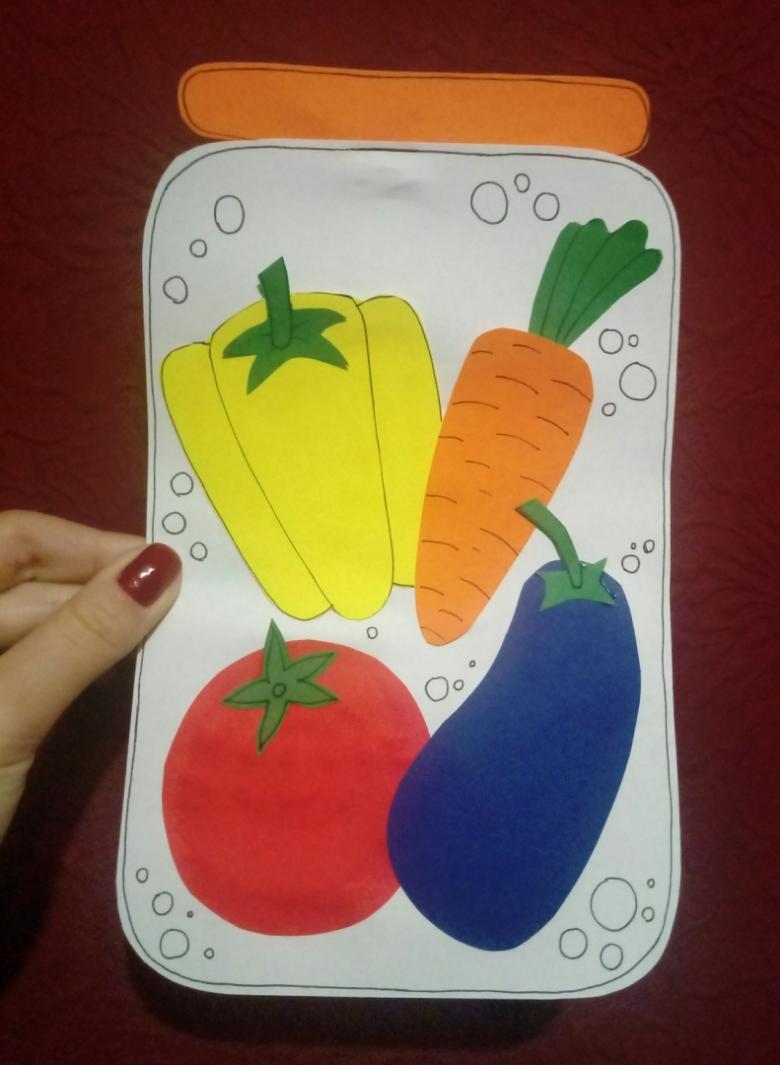
Children from the older group begin to conduct classes with appliqué on a plate or pan. The teacher shows the children a ready-made object and the children must repeat it using previously given multi-colored figures, felt-tip pens, paper plates themselves, glue and scissors. In order for the child not to lose interest in the task, you need to constantly encourage him, praise and help.
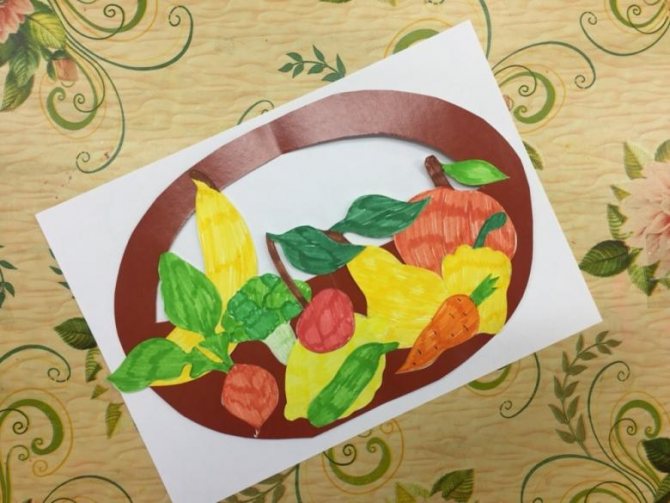
Despite all the skills listed above that a child receives from such activities, it also helps to develop the brain itself. Because when working with paper, bending it in different directions, both sides of the brain hemispheres are activated.
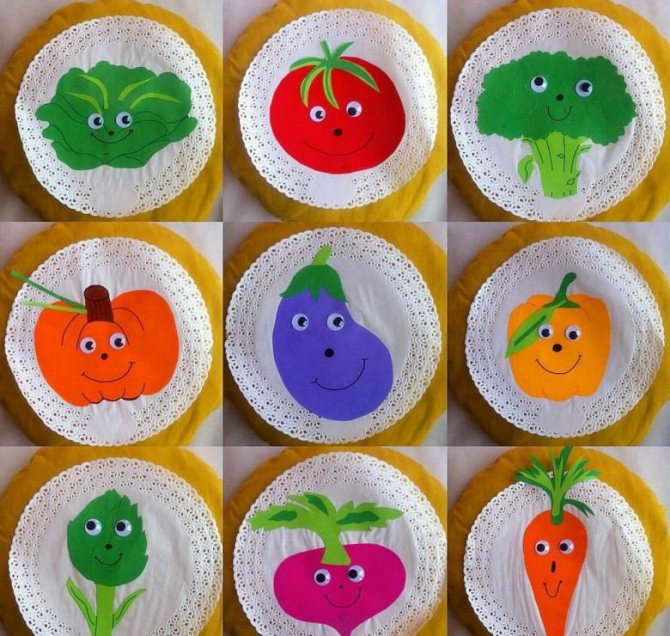
A child can also be taught to perform Applications using the breaking technique, i.e. The necessary shapes should not be cut out, but rather torn. You can also teach children how to cut out double paper, so that their cut out shapes will turn out beautiful and symmetrical.
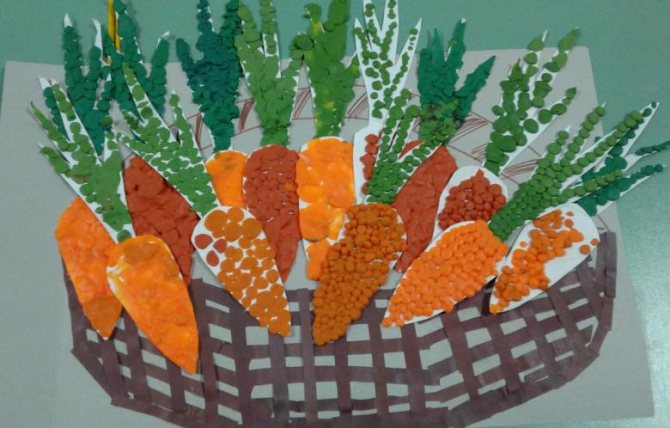
If they complete a whole project themselves, they will not only learn to combine colors as they like, but will also be able to create some compositions themselves.
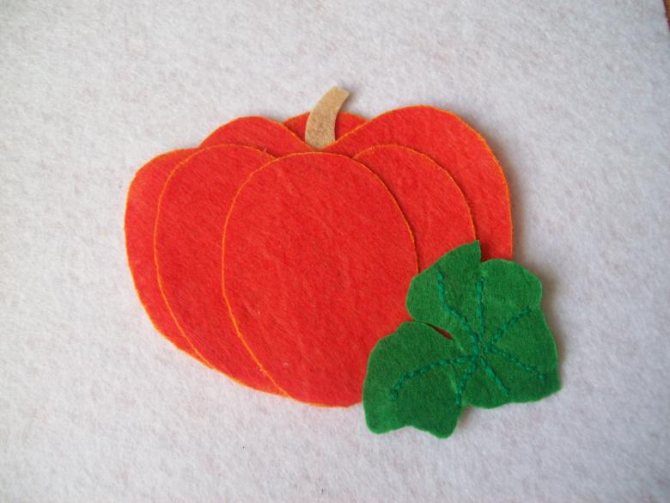
Pupils
Thanks to such activities, children - schoolchildren who already distinguish colors and know how to glue paper - can learn to more accurately cut out shapes in the form of individual objects or even entire components.
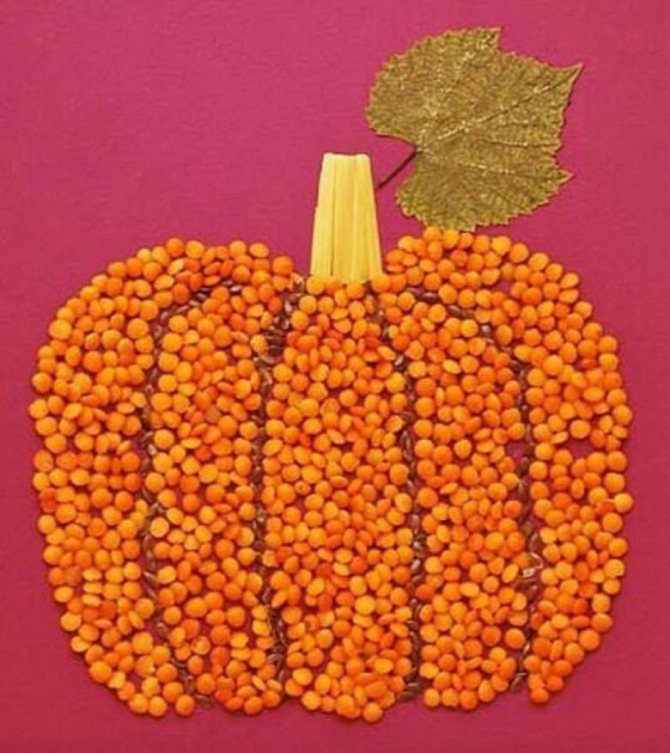
They can cut using different cutting techniques. For example, folding a sheet in half or even folding it into an accordion.
The classes gradually become more difficult. That is, first children improve their initial skills and then learn to create entire compositions.
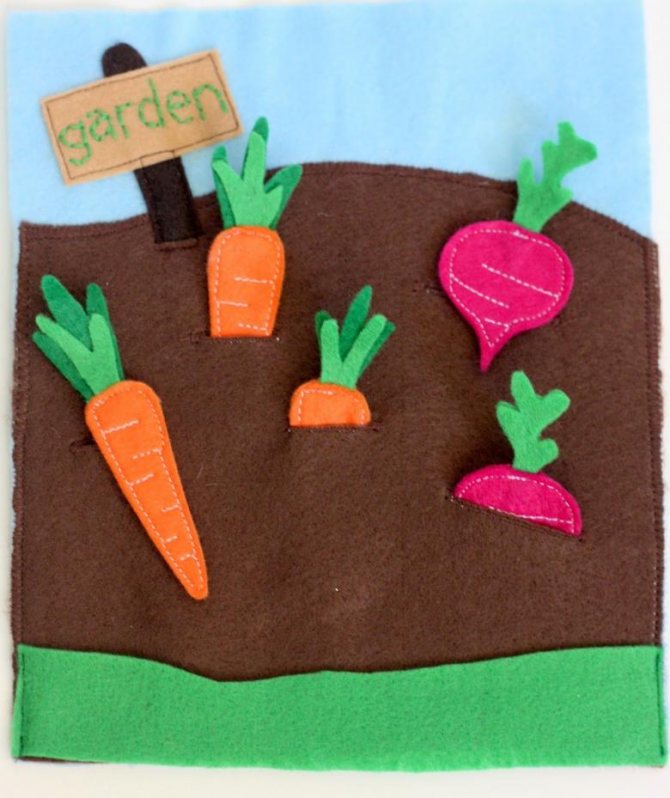
Everyone thinks that appliqué is just cutting out figures from paper. No, you can also work with fabric appliques, which is much more interesting for children. This kind of work can be done by the Little Creator at home, under the supervision of mom or dad. Parents should prepare a workspace for the child and a basket for the created vegetables in advance. The child can attach cut-out vegetables to the prepared material, and if he is very small, he can use Velcro. For a good mood while working, you can turn on pleasant music. To get the craftsman interested, you can make some fairy-tale characters out of vegetables.
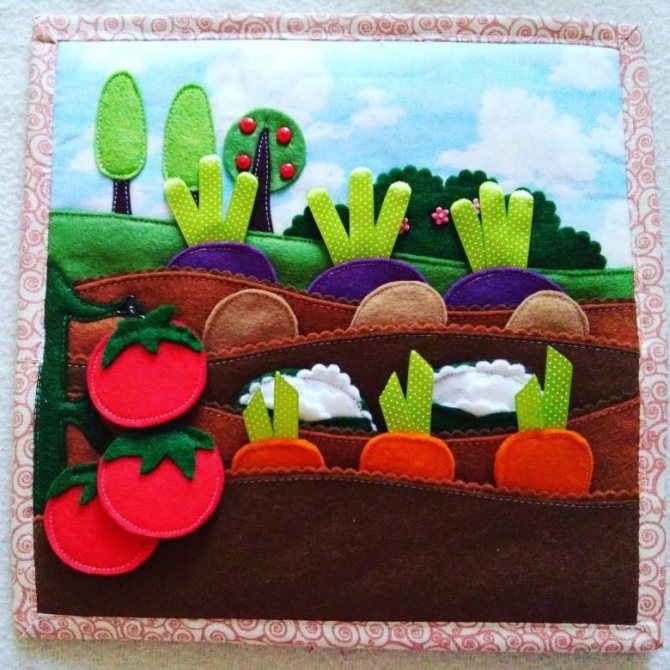
Thanks to such activities, your child will grow up talented and capable because in childhood children learn very quickly and remember everything.
Carrot giraffe
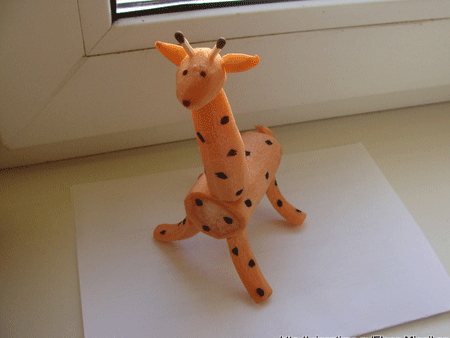
This cute and easy-to-make giraffe will not leave anyone indifferent. Instead of carrots, you can use potatoes.
For this craft we need two large unequal carrots, toothpicks and three matches.
- From part of the larger carrot we make the body, from the remaining carrot we cut out the legs, from the smaller carrot we cut out the head and neck;
- We attach the neck and legs to the giraffe’s body with ordinary toothpicks. We attach the tail from the back; for this we use one of the prepared matches. This should be done so that only the head and very little straw remain visible;
- We cut out the head from the remaining part of the carrot and attach it to the neck with a toothpick. We also make horns from matches. Giraffe ears can also be cut from carrots, or you can get by with just the horns;
- The eyes can be easily made from cereals (for example, buckwheat) or pressed in with ordinary black beads. Giraffe spots can be easily made from paper or plasticine.
Related article: Knitting on hands and fingers
Our cute giraffe is ready!
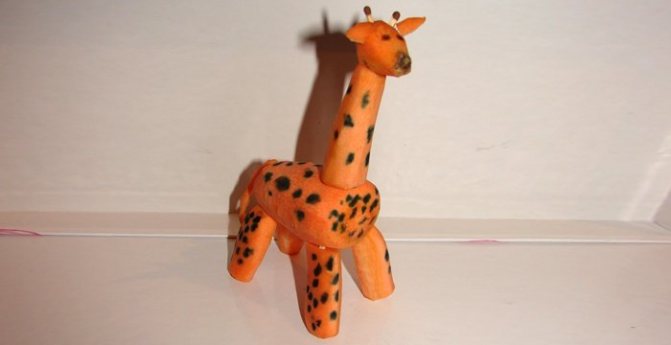
Potato pig
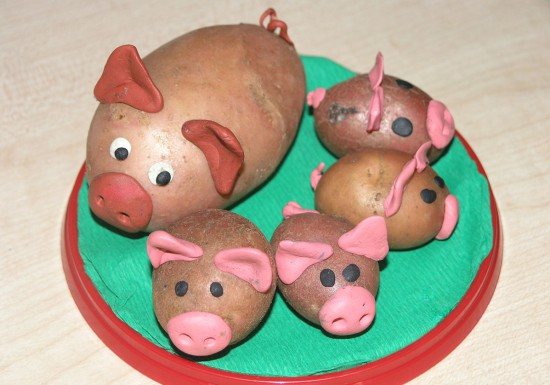
This is perhaps one of the simplest crafts that can be made from vegetables.
To do this, we will need one large potato for the mother pig and several small ones for the piglets. Their number is at your discretion. You will also need pink and black plasticine.
- Unpeeled potatoes should be thoroughly washed in water to remove all dirt from them. Dry thoroughly;
- We start creating the pig from the tail. To do this, roll a pink sausage out of plasticine, twist it at one end and attach it to the potato;
- For the heel we make a pink cake of medium thickness;
- Next, we make triangular ears, again from pink plasticine;
- We make beady eyes from black plasticine;
- We glue the resulting plasticine parts onto the potatoes one by one;
- We do this with each pig.
So, with a minimum of financial and time costs, we get a whole family of pigs!
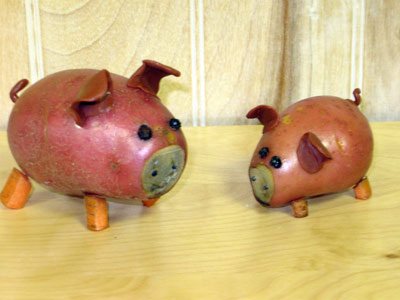
Edible basket
To make a basket with vegetables, we will need a large pumpkin for the basket itself, as well as various vegetables and fruits to fill it.
Why is pumpkin the best choice for a basket? Because it has a strong peel, and thanks to this the basket will keep its correct shape and will not deteriorate for a long time. In addition, pumpkin is a very pliable material that can be easily handled by a child.
So, let's get to work:
- First you need to carefully inspect the pumpkin for damage;
- Wash the pumpkin thoroughly and wipe dry with a towel;
- Next, you need to attach the prepared template for the handle of the future basket so that you know how to cut it correctly. The handle should not be made too thin. If you already have experience working with pumpkins, then you can choose a more interesting handle design, for example, openwork handles. If you are taking on a pumpkin for the first time, it is better to choose a simpler template;
Related article: Firebird costume
- Now we cut out the handle according to the template;
- The next step is to carefully and thoroughly scoop out the pulp and seeds with a spoon. This must be done so as not to damage the base in any way, otherwise this pumpkin will become unsuitable for crafts. Next, you need to dry the pumpkin from the inside - put newspaper or any paper inside so that it absorbs all the moisture. It is best to change the paper several times before the pumpkin becomes completely dry;
- Essentially, our basket is ready, all that remains is to fill it with fruits and vegetables. But if you want to give it a special touch, you can further decorate it by carving a thick peel or painting it with paints and sparkles, decorating it with beads or seed beads, and so on.
